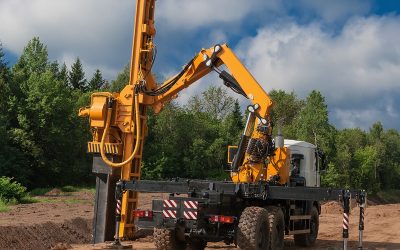Precision machining can use many materials, not just steel. Another material that is often used in precision machining is plastic; this is because it is very suitable for many engineering applications due to its mechanical, chemical, and biological properties. Thus, precision plastic machining is used to create many types of products and tools in many different industries. Learn more about what is involved with precision plastic machining below.
What Is Done in Precision Plastic Machining?
This machining requires the use of mills, lathes, drill presses, grinders, cutting machines or other similar machines that are controlled by a computer program. The program will direct the machine to cut down a large, solid plastic block to exact dimensions via advanced machinery. The program directs the machinery to replicate the same motions perfectly and repeatedly to remove exact layers of the plastic in order to turn the remaining plastic into various geometric shapes, light tolerances, optical clarity, and finishes.
Materials Used In This
Specific materials are often used in this process. One such material is nylon, being it is both low in cost and high in both strength and durability. High-density polyethylene (HDPE) is often used because it is electrically insulative, resistant to both chemicals and impacts, plus works well with machinery. A third commonly used material is acrylic, as it is resistant to scratches, has high tensile strength, and easily accepts adhesives. Another commonly used material is Acrylonitrile Butadiene Styrene (ABS), as it also works well with machines and has good resistance to heat.



